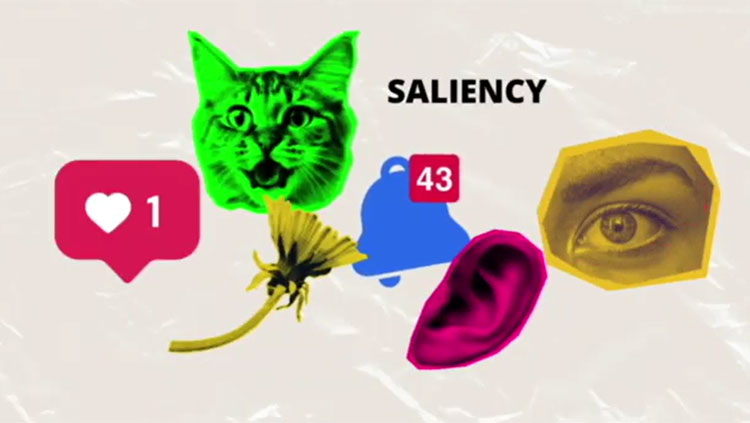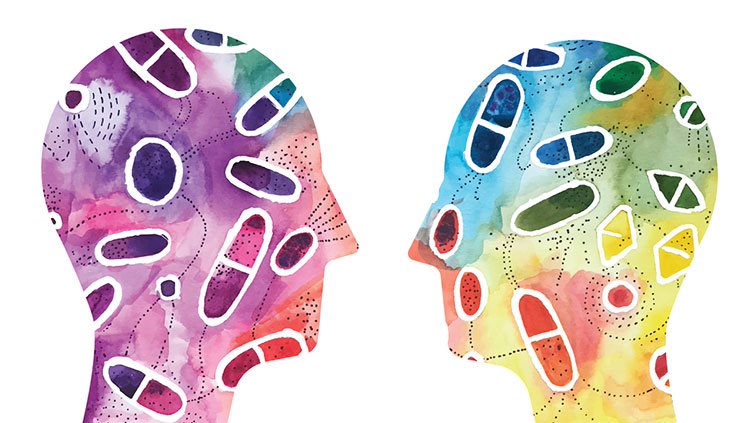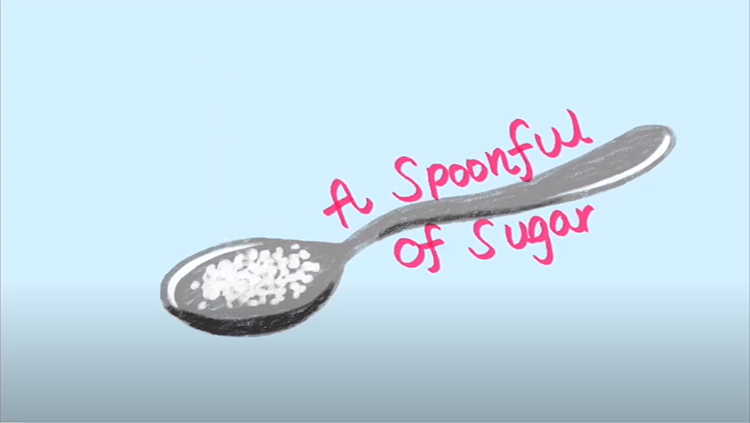Substance Use Disorder
- Published25 Sep 2017
- Reviewed25 Sep 2017
- Source BrainFacts/SfN
The brain has a reward system. They help to create feelings of pleasure when we do things we like, like eat food, or have intercourse. They also help create memories of how good we felt when we did these things so that we want to do them again. This process of making us feel good involves the increased release of a molecule called dopamine.
Learn how the neurotransmitter dopamine contributes to substance use disorder.
This video is from the 2017 Brain Awareness Video Contest.
CONTENT PROVIDED BY
BrainFacts/SfN
Transcript
Cole:“You’re probably wondering how I got here”
Cole:The brain has something called a reward system. The different areas you see here act together to create feelings of pleasure when we do things we like, like eat food, or have intercourse.They also help create memories of how good we felt when we did these things so that we want to do them again. This is normally desirable, because the things that make us feel good are generally the things that are important for us to survive as a species. (Reference Paper_to_Cite_1) This process of making us feel good involves the increased release of a molecule called dopamine. Dopamine is a neurotransmitter, a molecule that brain cells called neurons use to communicate. However, most substances with addiction potential also cause an increase in dopamine release, and when the amount of dopamine increases or decreases by a lot, this can have a big effect on the brain’s reward circuit.”
Roopa: The Diagnostic and Statistical Manual of Mental Disorders says that the essential feature of a substance use disorder is a cluster of cognitive, behavioral, and physiological symptoms indicating that the individual continues using the substance despite significant substance-related problems. The effects of substance dependence can be studied by comparing a test subject, which receives repeated doses of an addictive substance, to a control subject, which does not. Dopamine has many functions including motor control, decision making, motivation and reinforcement. Neurons use dopamine to send signals from one part of the brain to the other. It is passed from one cell, through a gap called the synaptic cleft, to the second cell, where it binds with a receptor. This helps create the signal in the second cell, which then passes it onto the next cell, and so on and so forth.
Neurotransmitter molecules that don’t bind to the second cell are generally transported back to the first cell, or another cell, in order to process and reuse it. Roopa: Some addictive substances, like cocaine, can bind to the transporters, thus replacing dopamine. When dopamine is present in the synaptic cleft for longer than usual, it results in a greater stimulation of the second cell than would otherwise have occurred. Over time, repeated stimulation through dopamine can cause changes in the cells themselves. In an effort to compensate for the excessive stimulation from the drug, the cells may take back some of the receptors that dopamine binds to, so that stimulation stays at natural levels.
If the number of receptors reduce: One effect is that higher amounts of the drug will be needed to produce the same effect; this is known as tolerance and it is the reason why people with a substance abuse disorder need increasingly higher doses of the drug to get the same feelings of pleasure as before. Another is that when not taking the drug, the amount of dopamine present naturally in the body is not always enough to maintain normal levels of brain activity, such as maintaining emotional state and concentration levels. The changes in the dopamine receptors lead individuals to experience both mental and physical distress when the substance is not administered; this is known as withdrawal, which brings with it the desire to consume more of the substance. Withdrawal can manifest in various ways depending on the substance and the individual, but it usually manifests with symptoms opposite to those produced by the drug. The presence of withdrawal defines a dependence for the substance (talk more faster)
Roopa J1: Tolerance and withdrawal combined mean that the brain requires more stimulation to work properly and that the absence of the drug brings distress.
Roopa J2: Eventually, addicted individuals need the drug not to feel good, but to feel normal.
Cole: You’re probably wondering how I got here. The answer, as you may have realized by now, is substance use disorder. Changes in the brain’s reward circuit due to substance abuse can create dependence on external substances in order to maintain normal function. Different substances work in different ways, and different people may react differently to the same thing, but hopefully this video has given you some insight into the science behind substance use disorder.Thanks for your attention.

















